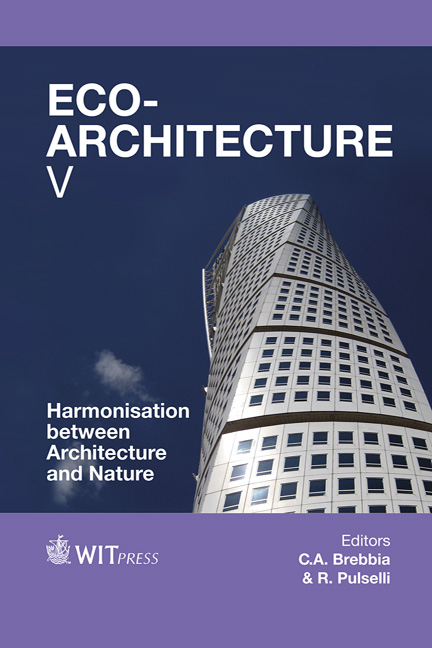Influence Of Material Properties And Boundary Conditions On The Dynamic Thermal Behaviour Of A Building Corner
Price
Free (open access)
Transaction
Volume
142
Pages
13
Page Range
333 - 345
Published
2014
Size
858 kb
Paper DOI
10.2495/ARC140291
Copyright
WIT Press
Author(s)
J. Prata, A. Tadeu, N. Simões
Abstract
Thermal bridges need to be considered in the building design phase to minimize heat loss and prevent building pathologies generated by moisture condensation. The linear thermal bridge (LTB) is normally taken into account at the building design phase, assuming steady-state conditions. However, thermal bridging analysis should involve the variation of temperature over time so as to consider the influence of the thermal inertia of materials. This paper presents the simulation of the transient heat diffusion through a building corner. A 2D numerical modelling tool is used, based on the boundary element method (BEM) and formulated in the frequency domain. This tool enables the calculation of the temperature distribution and the heat flux across the LTB. Several constructive details are analysed, for two different materials (concrete and wood) and with the insulation layer having different placements and thicknesses. Time solutions are obtained afterwards by means of inverse Fourier transformations, thus enabling the simulation of different external temperature variations. A sensitivity analysis is finally performed to analyse the influence of the constructive solution and the boundary conditions on the dynamic thermal behaviour of the LTB.
Keywords
linear thermal bridges, wall corner, heat conduction, boundary element model, boundary conditions, material properties





